I want to repetitively execute an SQL query looking like this:
SELECT '${date.i}' AS d,
COUNT(DISTINCT xid) AS n
FROM table
WHERE date
BETWEEN DATE_SUB('${date.i}', INTERVAL 6 DAY)
AND '${date.i}'
;
It is basically a grouping by time spans, just that those are intersecting, which prevents usage of GROUP BY.
That is why I want to execute the query repetitively for every day in a certain time span. But I am not sure how I should implement the loop. What solution would you suggest?
The Kettle variable date.i is initialized from a global variable. The transformation is just one of several in the same transformation bundle. The "stop trafo" would be implemented maybe implicitely by just not reentering the loop.
Here's the flow chart:


